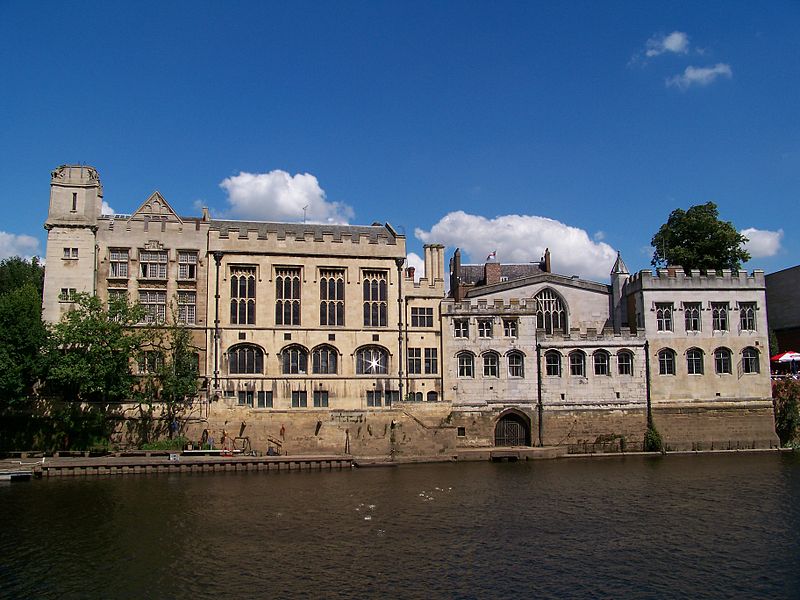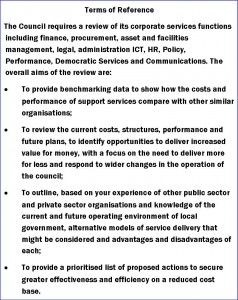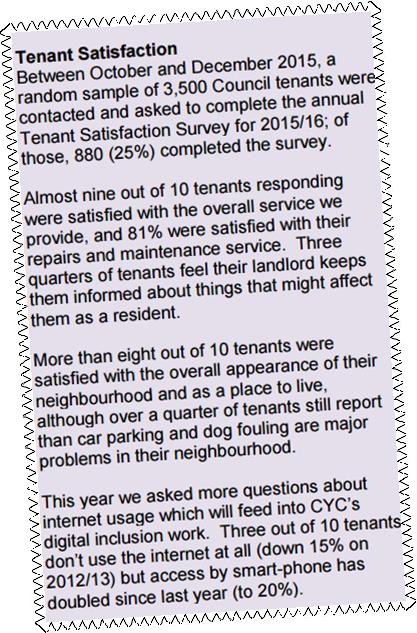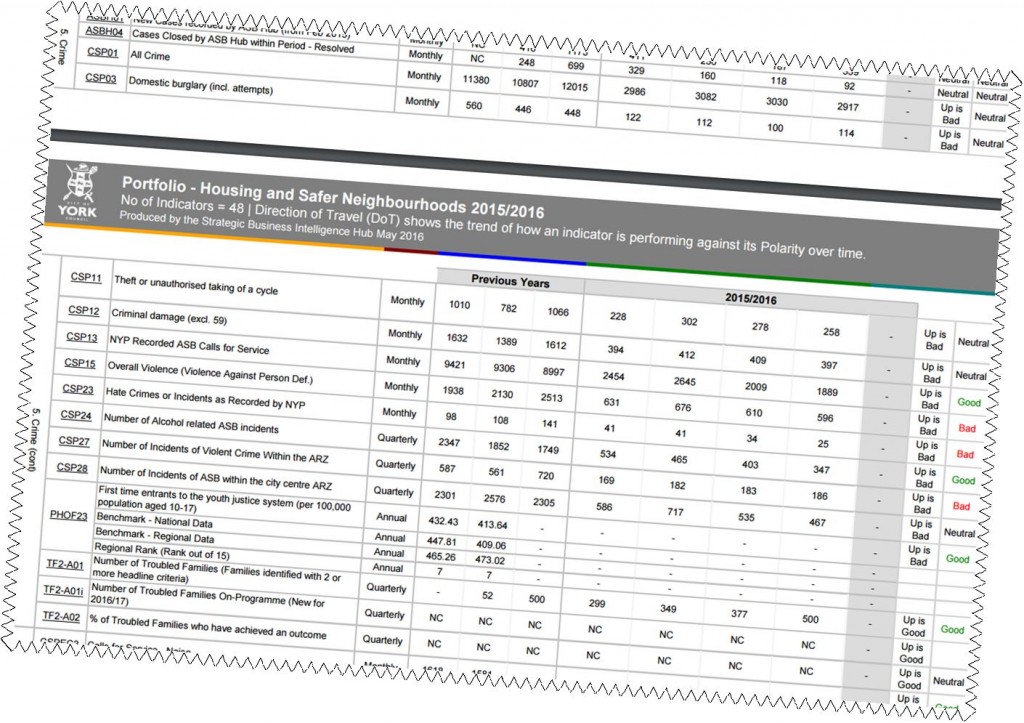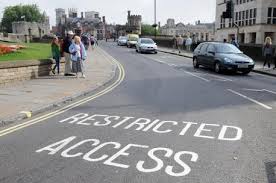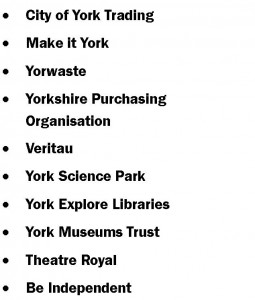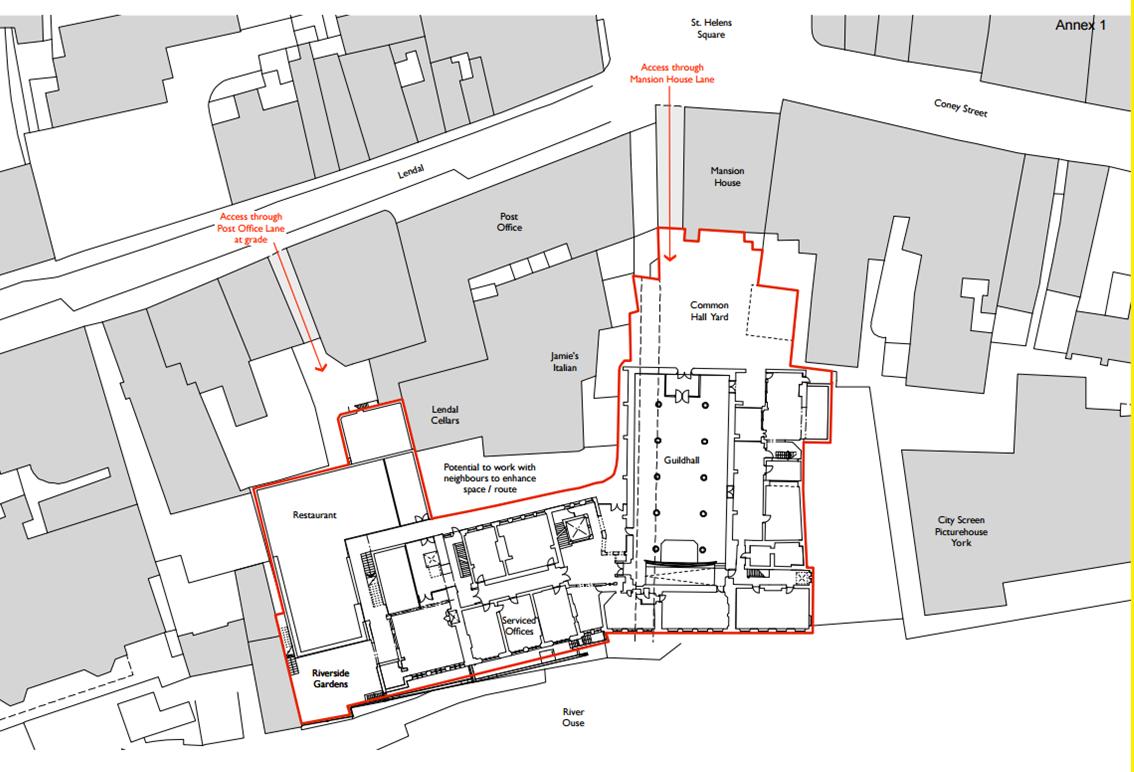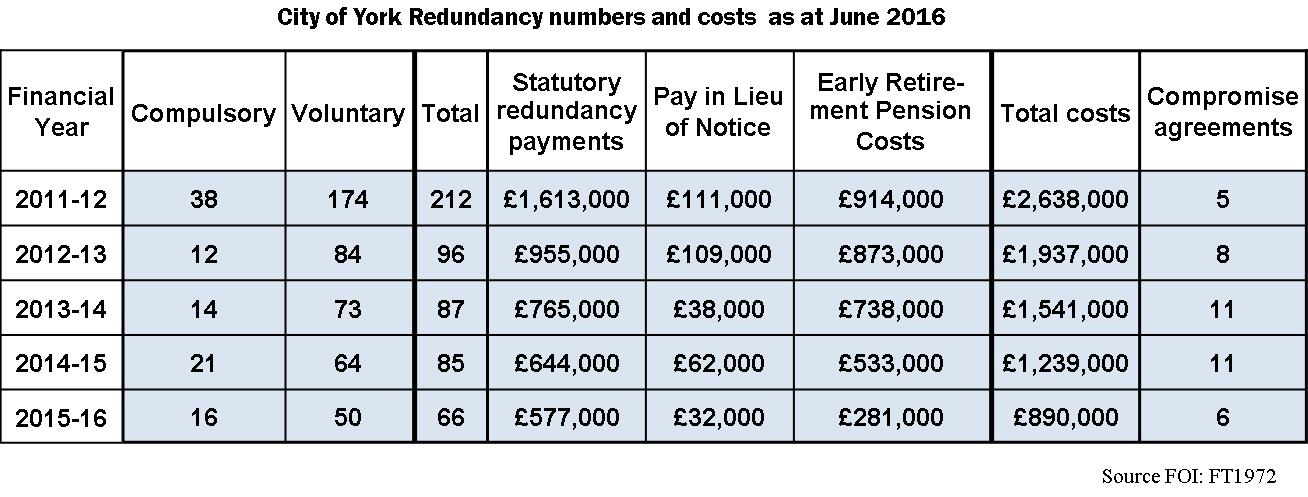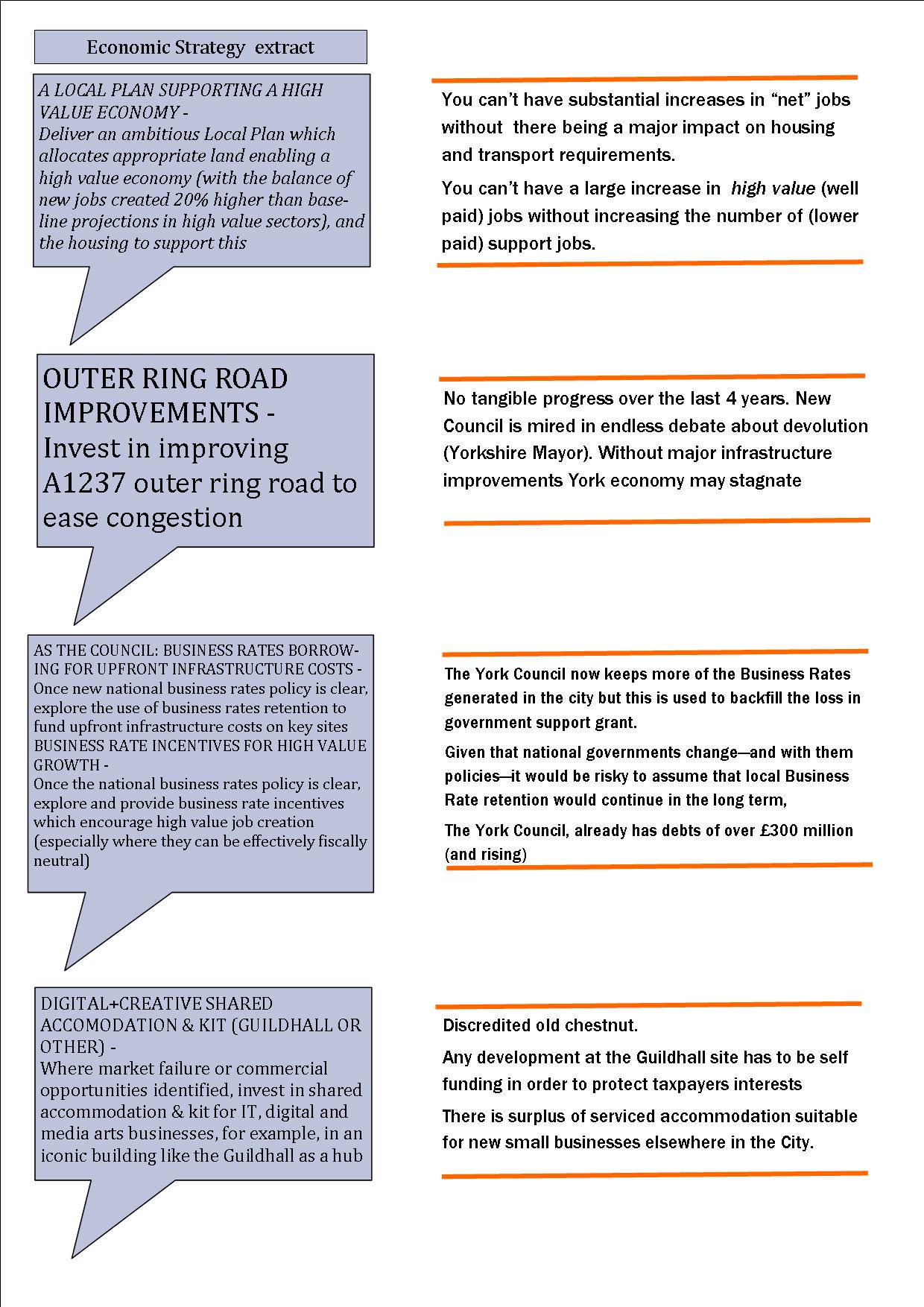Occasionally projects kick off in York which seem like quite a good idea until enthusiasm gradually wanes.
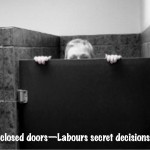
Campaign against secrecy started 5 years ago
One example is/was York TV. Announced in 2014 the service was supposed to be on air in the spring of 2015. A competition was run in June 2014 to find a name for the station which rather alarmingly seemed to result in a parody of the film title “Good Morning Vietnam”.
Then, despite concerns about the funding sources for the initiative, everything went quiet. The TV station didn’t launch and all that is available is a web site which is very thin on content and an accommodation address and telephone number at the University’s Ron Cook centre.
The York Council – which claimed to be a “partner” in the project – has made no statement on the progress being made. Another partner was “One&Other TV” The founder of independent York publisher One&Other Stuart Goulden had left that company in early 2014 “in order to focus on launching York’s local TV station”.
The Council’s Chief Executive had appeared in a promotional video for “One and Another”
In a separate development, a Freedom of Information request has now revealed that several contracts were allocated to a public relations company in 2014 which were not subject to proper procurement procedures. Council regulations require competitive quotes to be obtained before contracts are allocated..
In total almost £200,000 appears to have been mis-spent.
It took the Council a very long time to produce the answers to what were perfectly legitimate questions posed by a concerned local resident.
It was as recently as 6th June 2016 that the Council finally provide a comprehensive response detailing the work that they had paid the PR company to undertake
On 6th July the Council admitted that procurement rules had not been followed when letting the contracts. While they rightly said that action had been taken to tighten up procedures, they remained tight lipped on how the maladministration had occurred in the first place.
The Council has now been asked to publish details of all invoices submitted in connection with the PR work in question.
It is unclear whether the Councils auditors will take formal action or whether a reference will be made to the Local Government Ombudsman on a maladministration charge.
The new information does confirm what most people already knew. By 2014 governance processes at the York Council had broken down.

